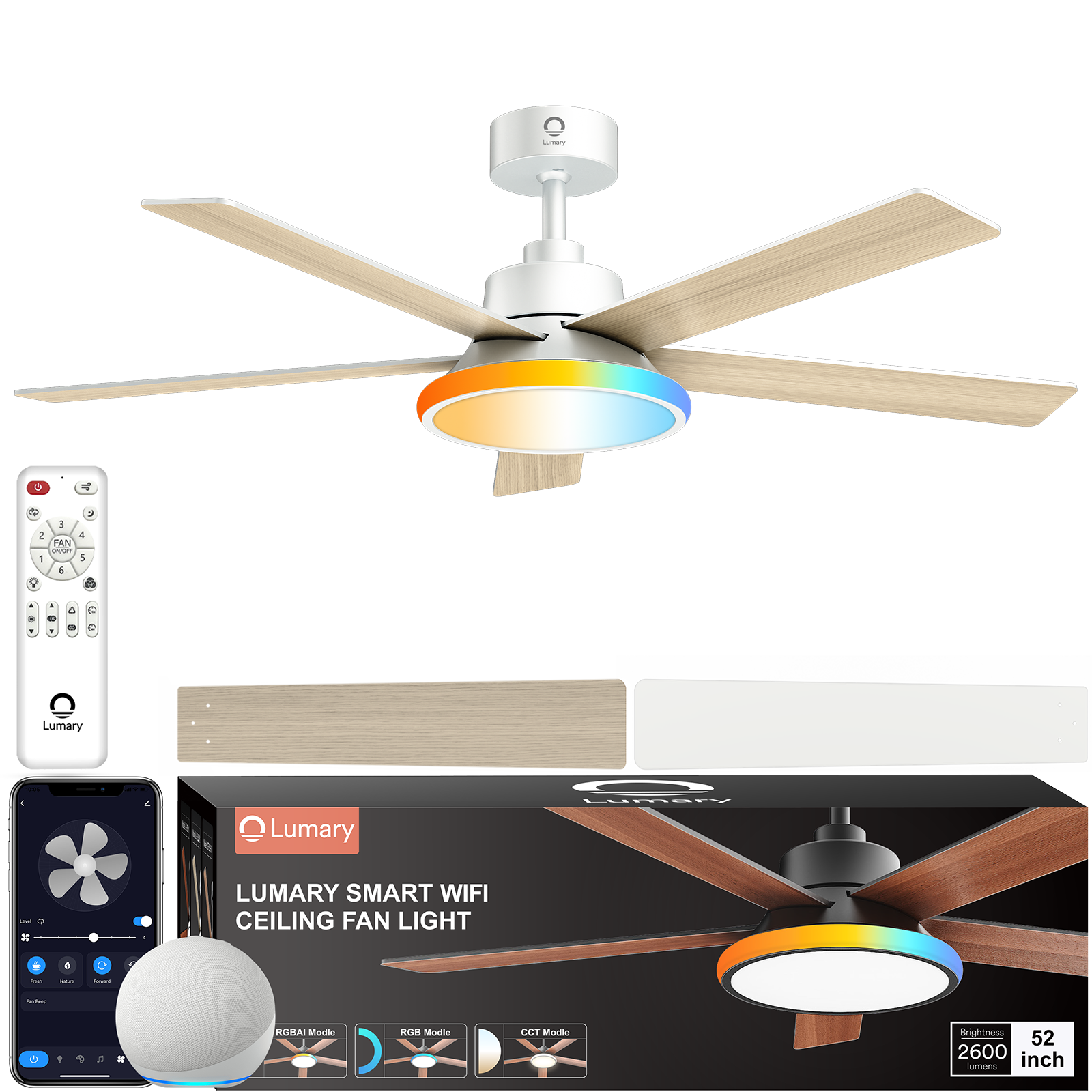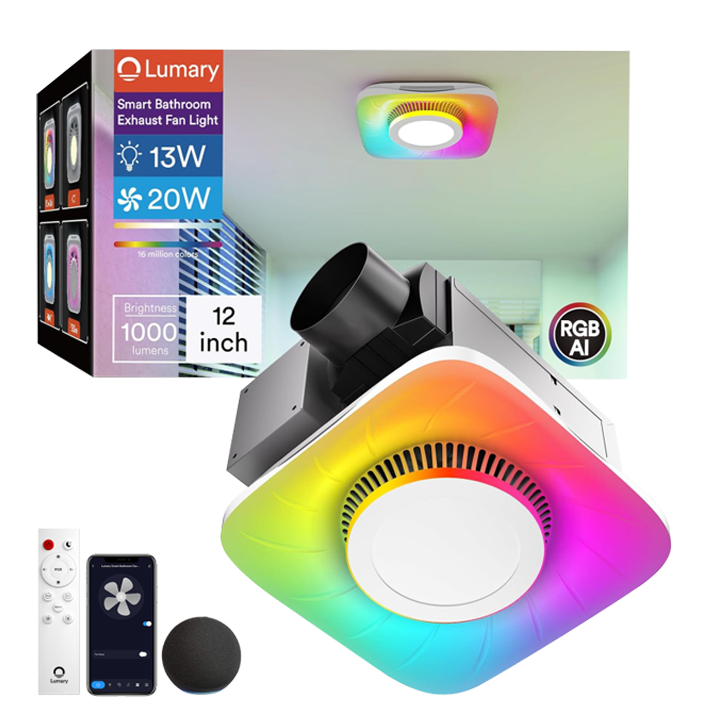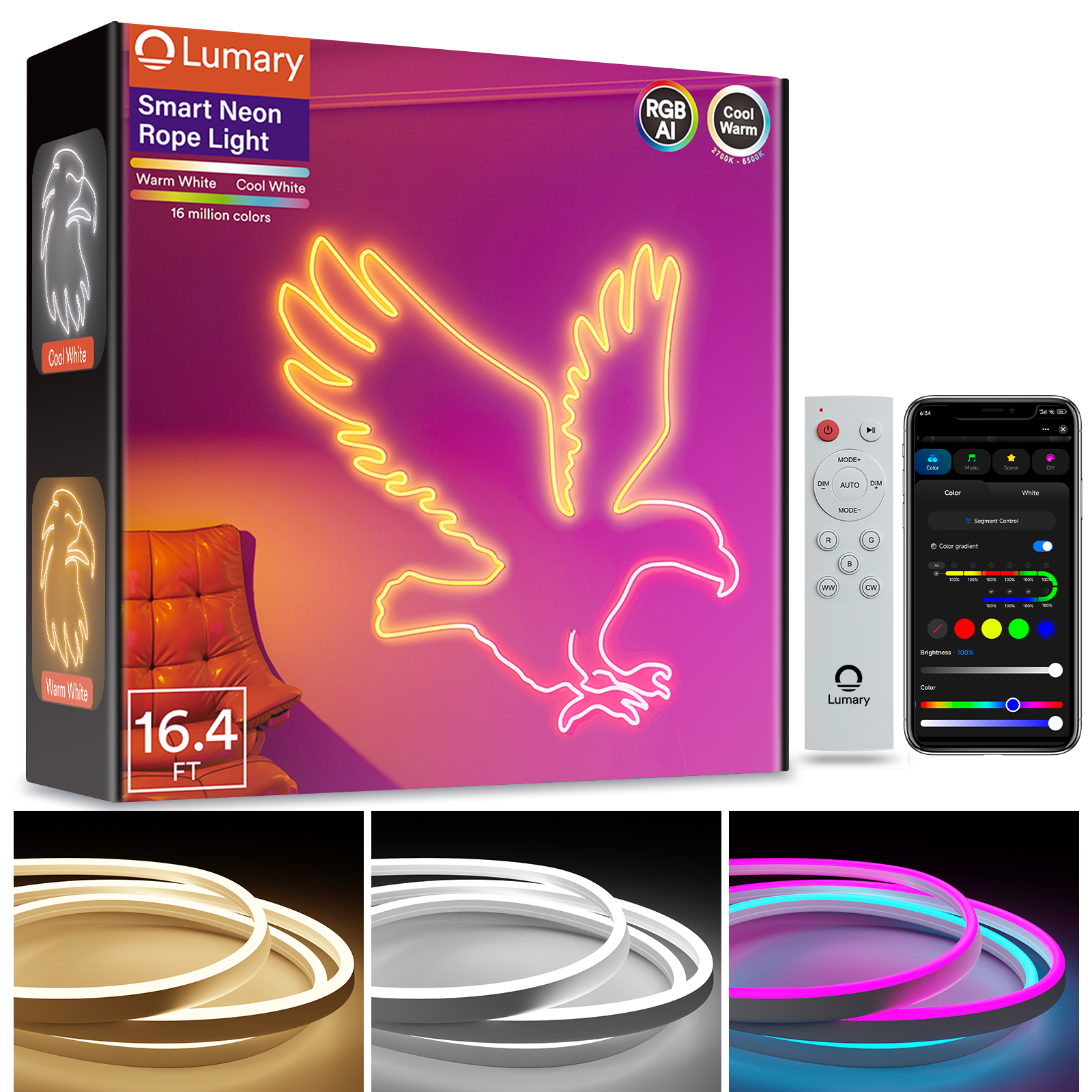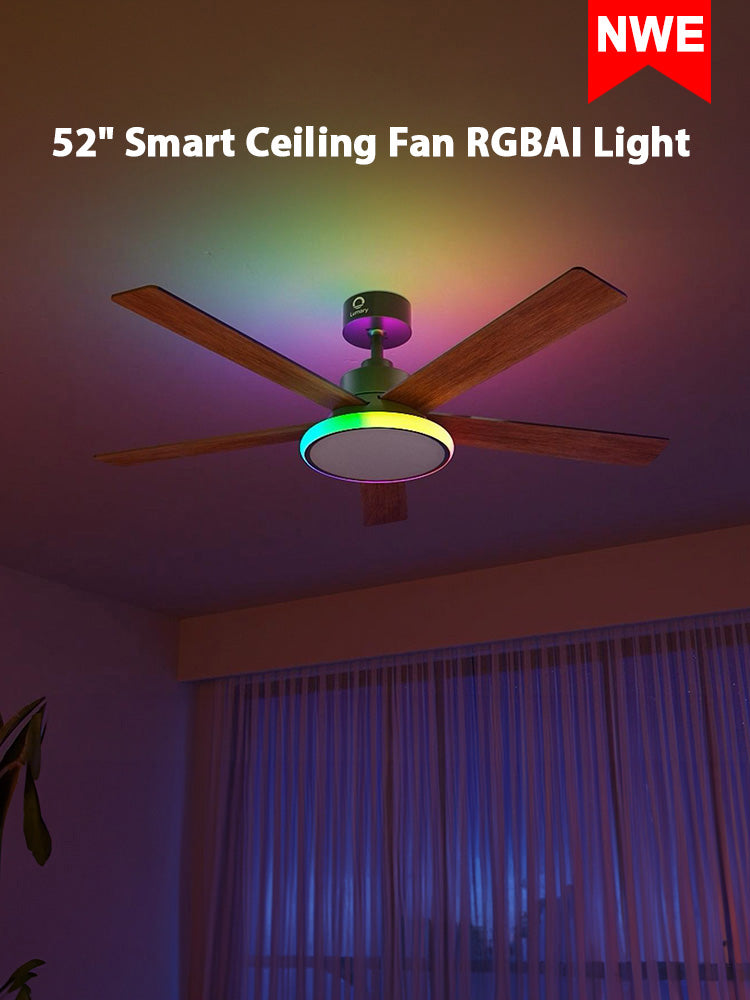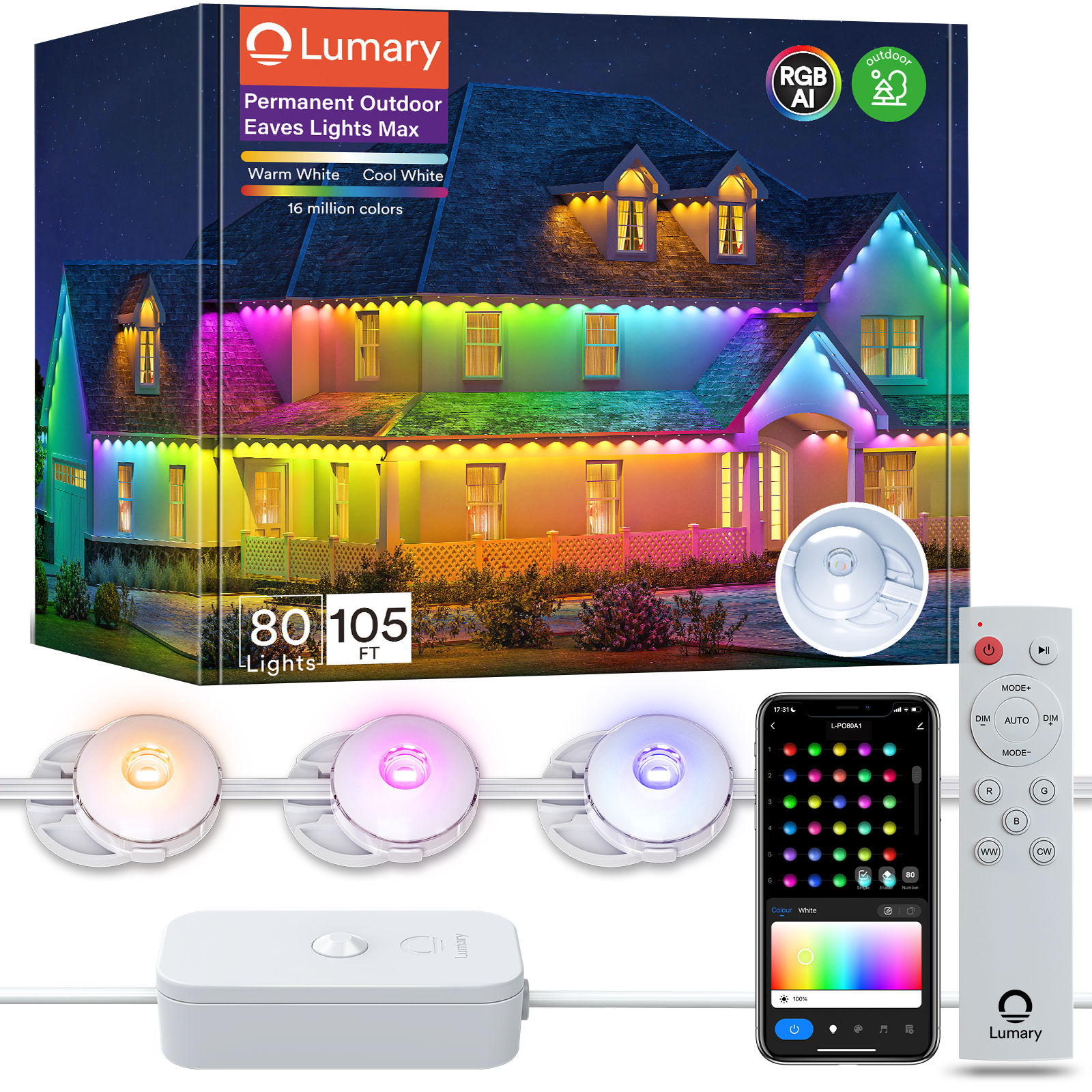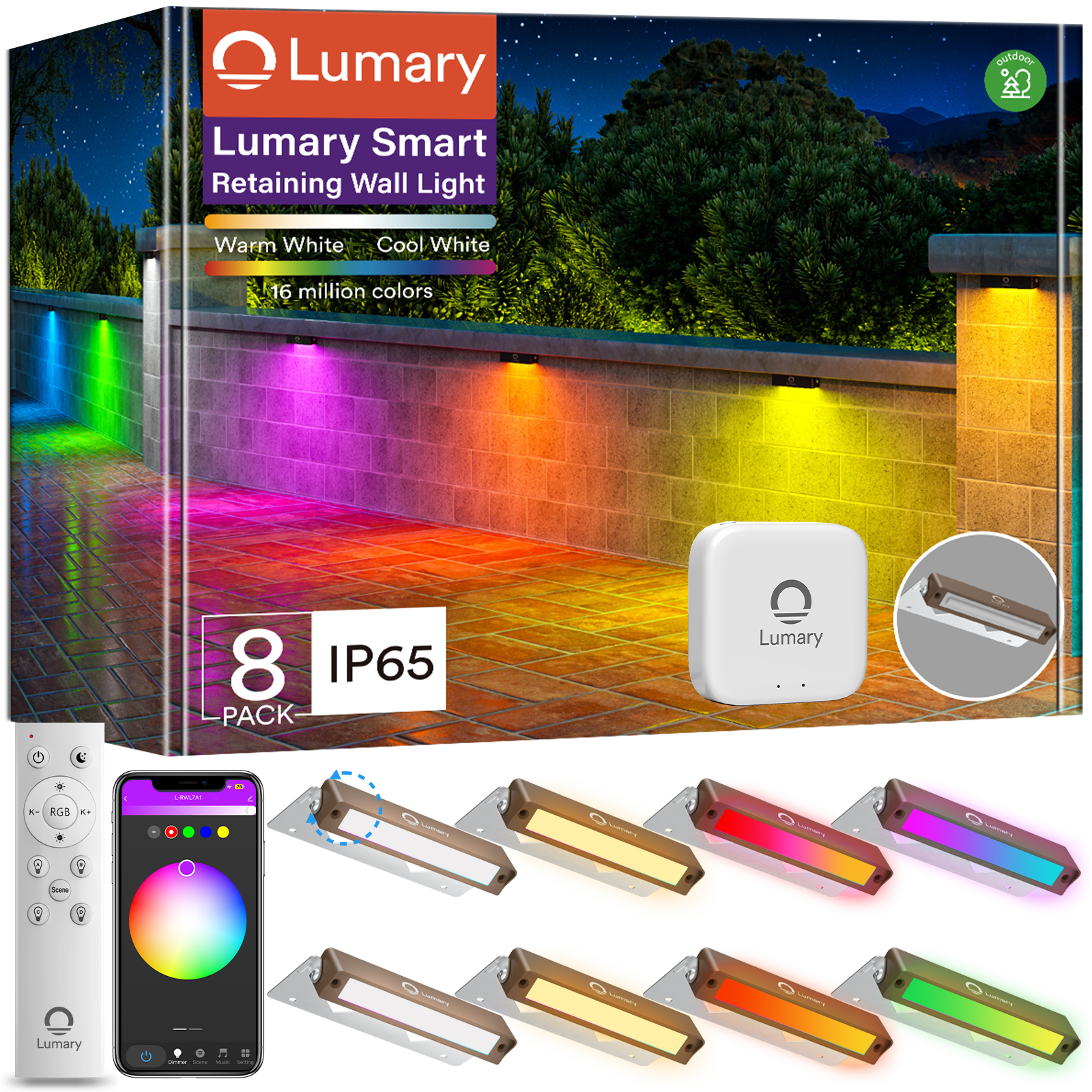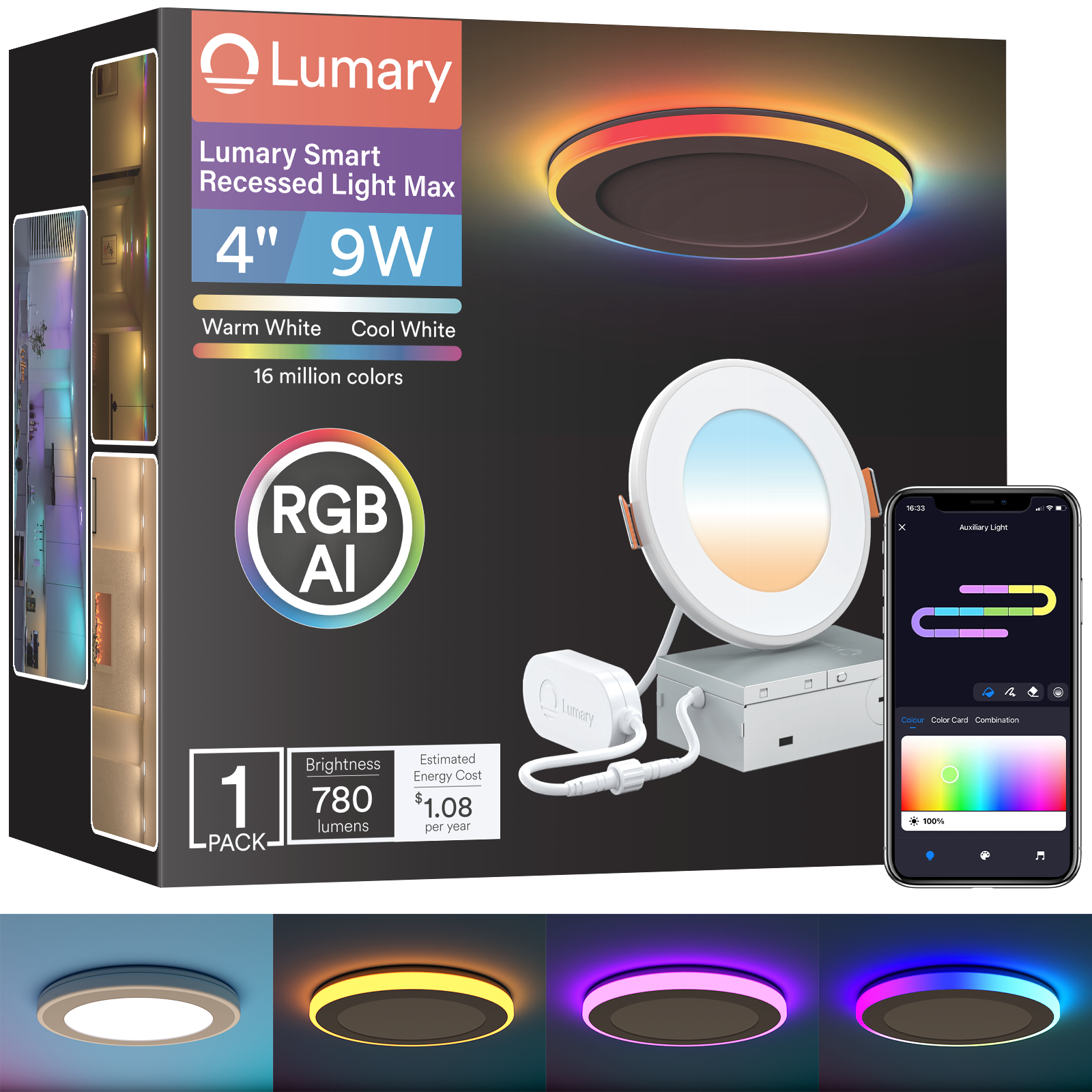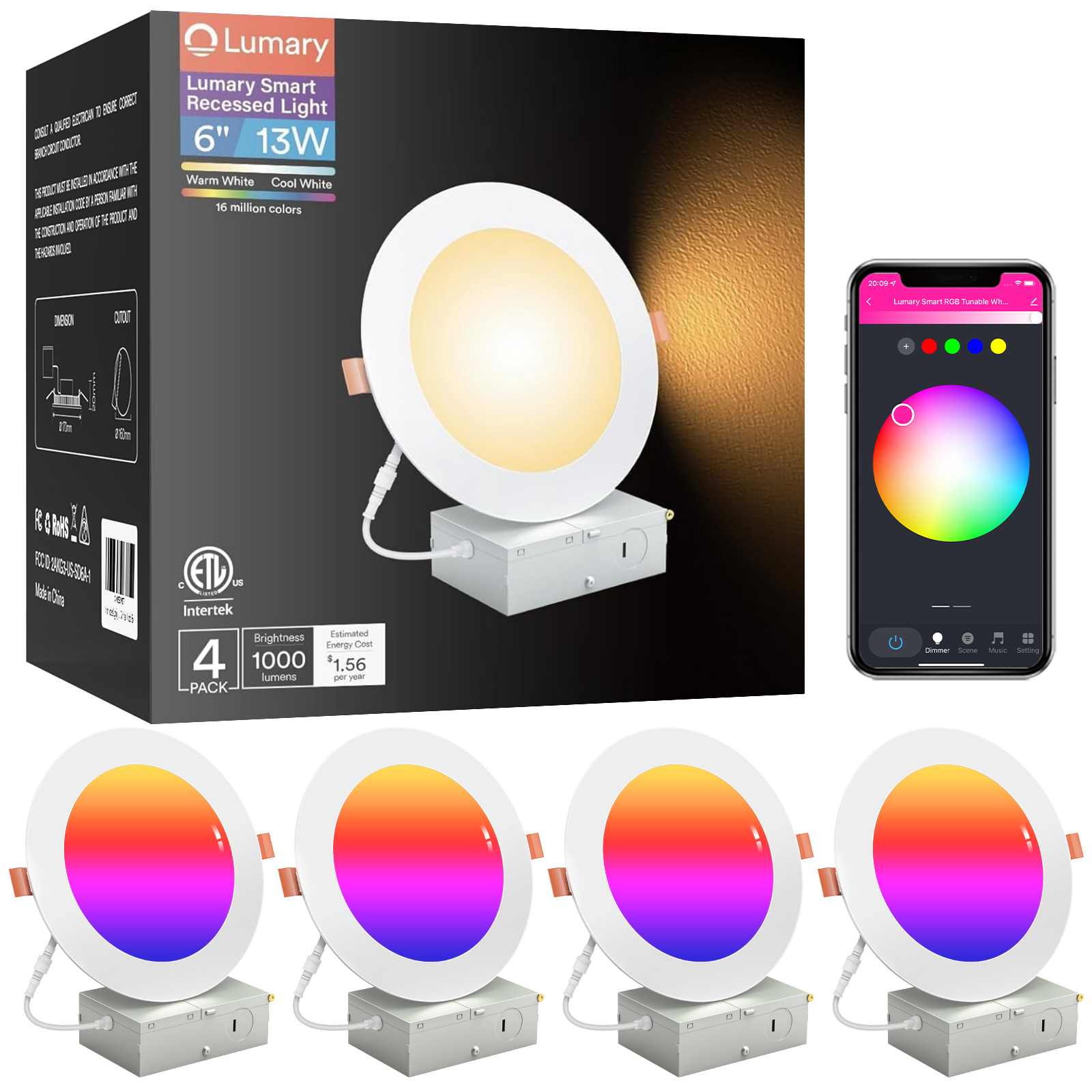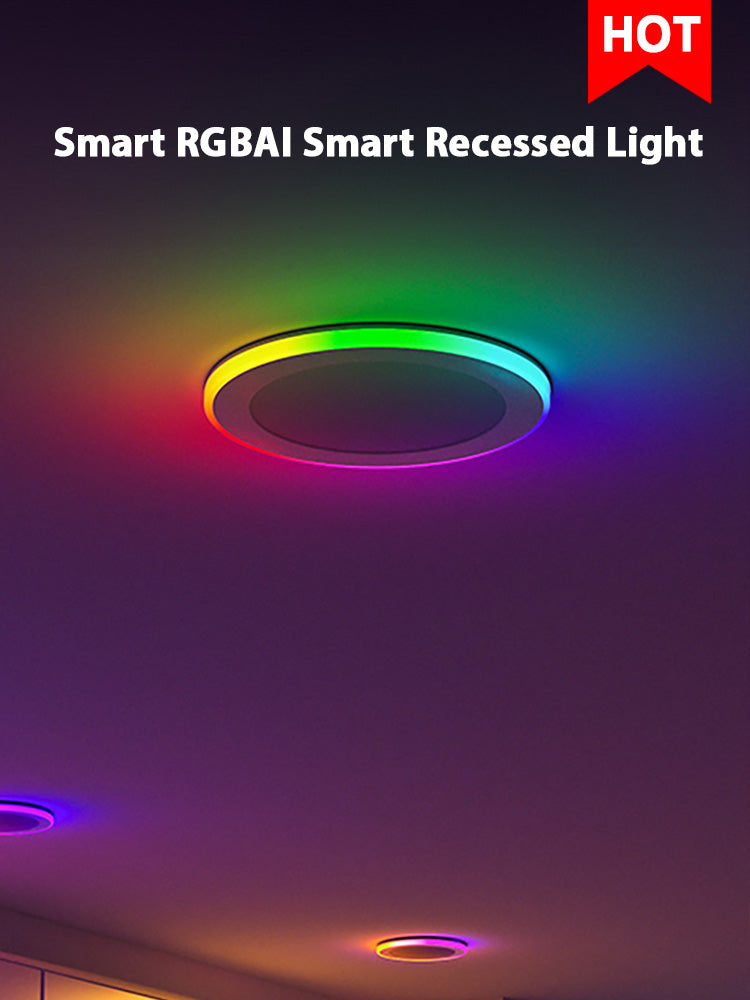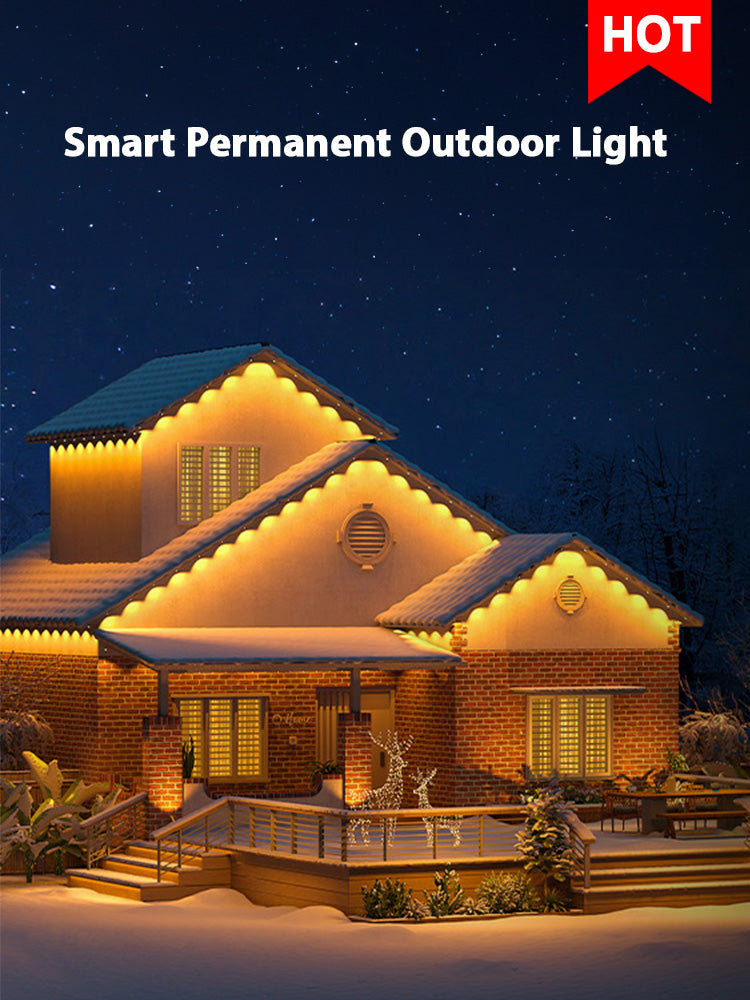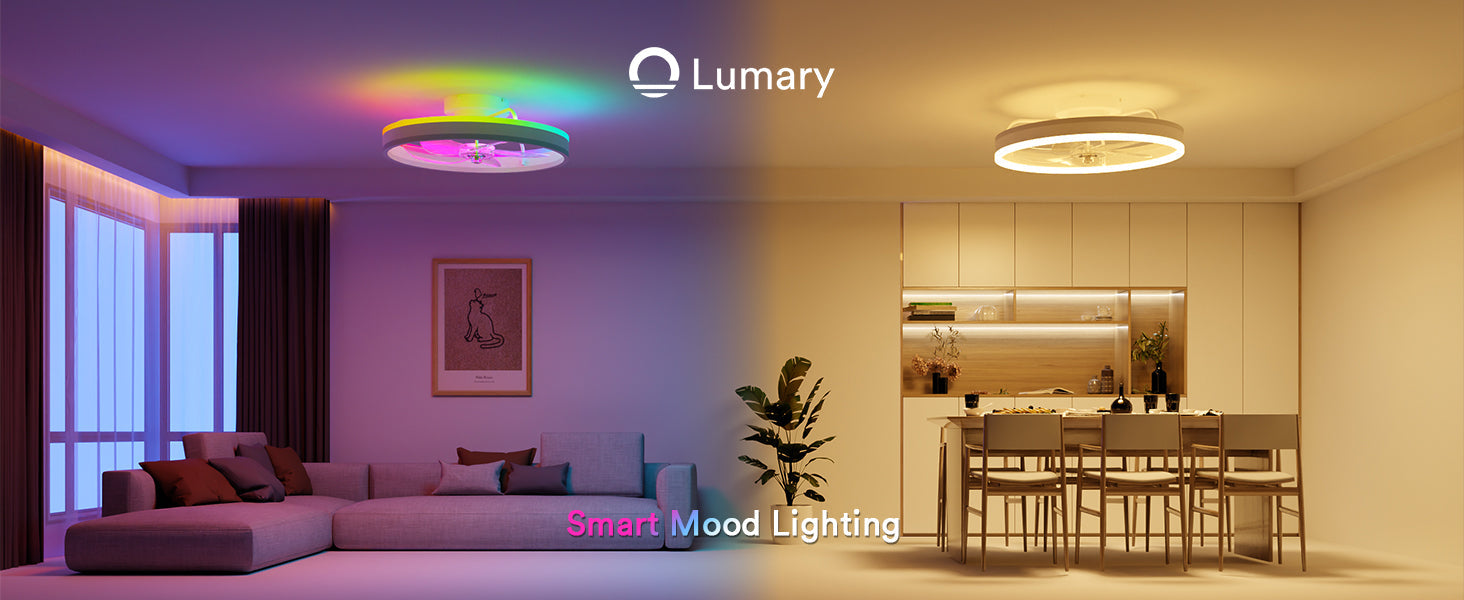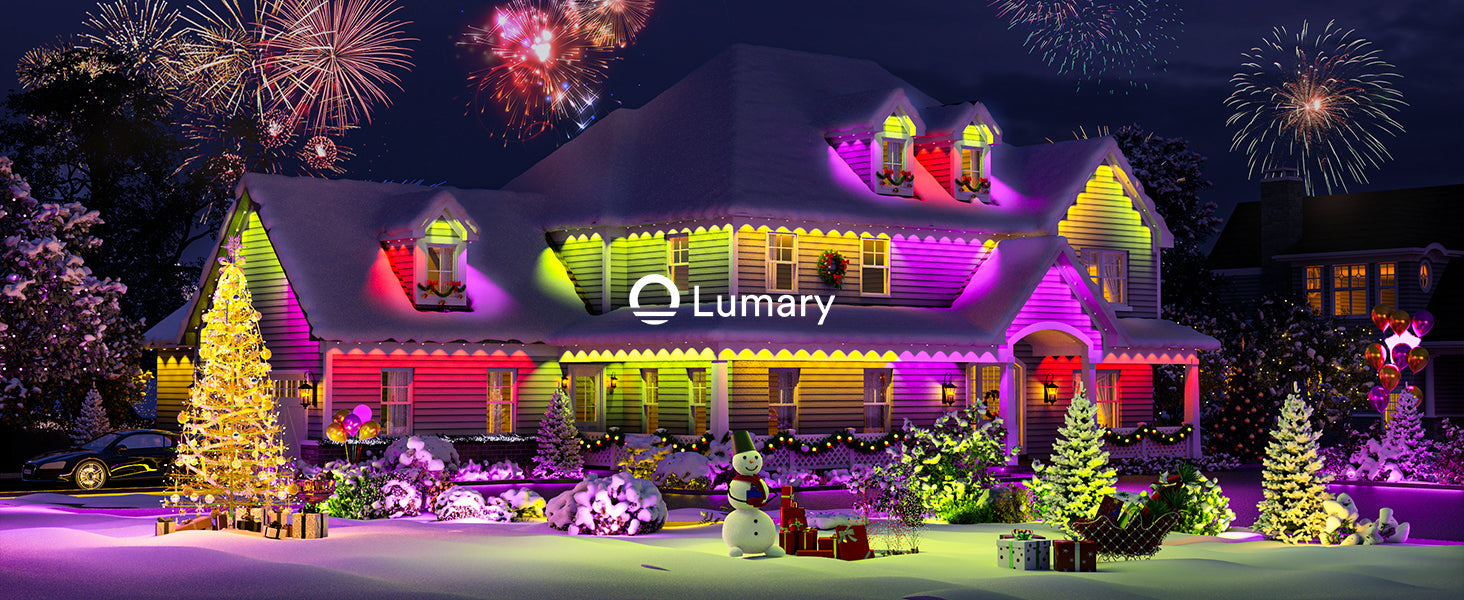Picking the best landscape light for your garden starts with knowing what you want to show off and the feeling you want. Look at your yard and imagine a great evening. Do you want a warm, friendly path or a bright light on your favorite tree? Think about how landscape lighting can make your garden pretty and safe.
Many people get upset because they make easy mistakes with landscape lighting. Here are some things to avoid:
Using the wrong kind of landscape light in some places.
Putting lights in bad spots, which makes shadows or glare.
Not thinking about energy use, weather safety, or care.
If you follow each step, you can skip these problems and have a garden that really stands out.

Key Takeaways
-
Know your garden style before choosing lights to create a plan that fits your yard’s look and feel.
-
Pick the right type of light for each spot, like path lights for walkways and spotlights for trees or statues.
-
Use energy-efficient LED lights for bright, long-lasting light and consider solar lights for sunny areas.
-
Match your light fixtures’ style and finish to your garden’s materials and colors for a natural, balanced look.
-
Plan light placement carefully to keep paths safe, avoid glare, and highlight your garden’s best features.

Identify Your Garden Style
You should know your garden’s style before picking landscape lighting. This helps you make a plan that fits your yard. Think about the feeling you want in your garden. Do you like a modern look or something more classic and cozy? Maybe you want a mix of styles or a wild, natural space. Walk around your yard and look at the main spots. Notice walkways, places to sit, water features, and favorite plants. These will help you decide where to put lights.
Here’s a simple table to help you find your garden style:
|
Garden Style |
Defining Characteristics |
|---|---|
|
Modern |
Clean lines, minimalism, hard materials like concrete or tile, spaced plants, cool or muted colors. |
|
Traditional |
Symmetry, neat beds, classic shapes, timeless paths, cozy seating, and sometimes rustic or cottage touches. |
|
Eclectic |
Mix-and-match, warm tones, lots of plants and accessories, bright and informal. |
|
Naturalistic |
Dense planting, native or climate-adapted plants, less structure, organic shapes, embraces imperfections. |
Modern
If you like modern gardens, you probably enjoy simple shapes. Modern landscape lighting uses sleek fixtures and cool colors. Uplighting can show off big trees or sculptures. Downlighting is good for patios and garden beds. It gives a soft, even light. Put path lights in a row for a tidy look. A modern lighting plan is simple and shows off the garden’s shape.
Traditional
Traditional gardens look neat and classic. You might see straight rows, curved paths, and old-style benches. For this style, use warm white lights and classic fixtures. Path lights help people walk safely. Accent lights can show off flower beds or water features. Shadowing makes plant shapes appear on walls. Try to keep your lighting plan balanced and even.
Eclectic
If you like mixing things up, you might have an eclectic garden. These gardens use many styles, colors, and textures. Your lighting can be fun, too. String lights over seats make things cozy. Accent lights can shine on special plants or art. Use different shapes and finishes for your fixtures. A flexible plan lets you change your lights as your garden changes.
Naturalistic
Naturalistic gardens look wild and free. You’ll see thick plants, native grasses, and winding paths. Pick lighting that blends in, like small path lights or hidden spotlights. Water feature lights can make ponds glow at night. Use soft, warm lights for a calm feeling. Your lighting plan should follow the garden’s shape and show off its best parts.
Tip: Draw a map of your garden’s main spots before you start your lighting plan. Think about how each place will look at night and what feeling you want.
Types of Landscape Lighting
At night, the right landscape lighting can make your garden look special and safe. There are different kinds of landscape lighting. Each type has its own job. Let’s look at the most common ones so you can pick what works best.
Here’s a simple table to show what each type does:
|
Light Type |
Typical Functions |
Recommended Uses and Best Practices |
|---|---|---|
|
Path Lights |
- Help people see walkways and not trip |
- Put them along paths for even light |
|
|
- Make paths look nice |
|
|
|
- Show guests where to go |
|
|
Spotlights |
- Shine on special things like trees or statues |
- Place at the bottom and point up |
|
|
- Make cool shadows and add interest |
|
|
|
- Light up dark spots for safety |
|
|
Step/Deck Lights |
- Light up stairs and deck edges for safety |
- Put them flat with the surface |
|
|
- Add extra light to outdoor spaces |
|
|
|
- Help people see in the dark |
|
|
String Lights |
- Make the garden feel fun and cozy |
- Use outdoor-safe lights |
|
|
- Show off things like pergolas or fences |
|
|
|
- Great for parties or special days |
|
Path Lights
Path lights help you see where to walk at night. You can put them along walkways, driveways, or garden paths. These lights keep everyone safe by showing the way and stopping trips. They also make your garden look neat and friendly.
Try to space path lights evenly for a nice look. Pick lights that match your garden style, like modern or traditional. Many people use LED path lights because they save energy and last long. Solar path lights are easy to use if you do not want wires, but they need sunlight to work well.
Tip: Put path lights about 6 to 8 feet apart. This gives enough light without making it too bright.
Spotlights & Flood Lights
Spotlights and flood lights help you show off your favorite garden parts. Spotlights shine up at trees, statues, or water features. Flood lights cover bigger areas and help light up dark corners.
Use warm white light for a natural look. Pick lights you can move to aim the light where you want. Spotlights can make cool shadows and make your garden look deeper. Flood lights help keep your yard safe by lighting up dark places.
If you want to save money, use LED spotlights or flood lights. These use less power than old bulbs. Solar spotlights are easy to set up, but they may not be as bright or last as long, especially if it is cloudy.
Step & Deck Lights
Step and deck lights help you see stairs or decks at night. You can put these lights right into the steps or along the deck edges. This helps stop accidents and keeps everyone safe.
Pick LED step lights for bright light that does not use much power. Look for strong materials so your lights last in rain or snow. Solar step lights are easy to put in, but they may not work well if there is not much sun.
Note: Always put step and deck lights flat with the surface. This keeps people from tripping.
String & Garden Lights
String lights make your garden feel fun and cozy. You can hang them over patios, wrap them around trees, or put them on fences. These lights are great for parties or just relaxing outside.
Pick string lights that can handle rain and wind. You can mix styles or colors to match your garden. Solar string lights are easy to use, but they need lots of sun to shine bright at night.
Want to know how much these lights cost? Check this chart for a quick look:
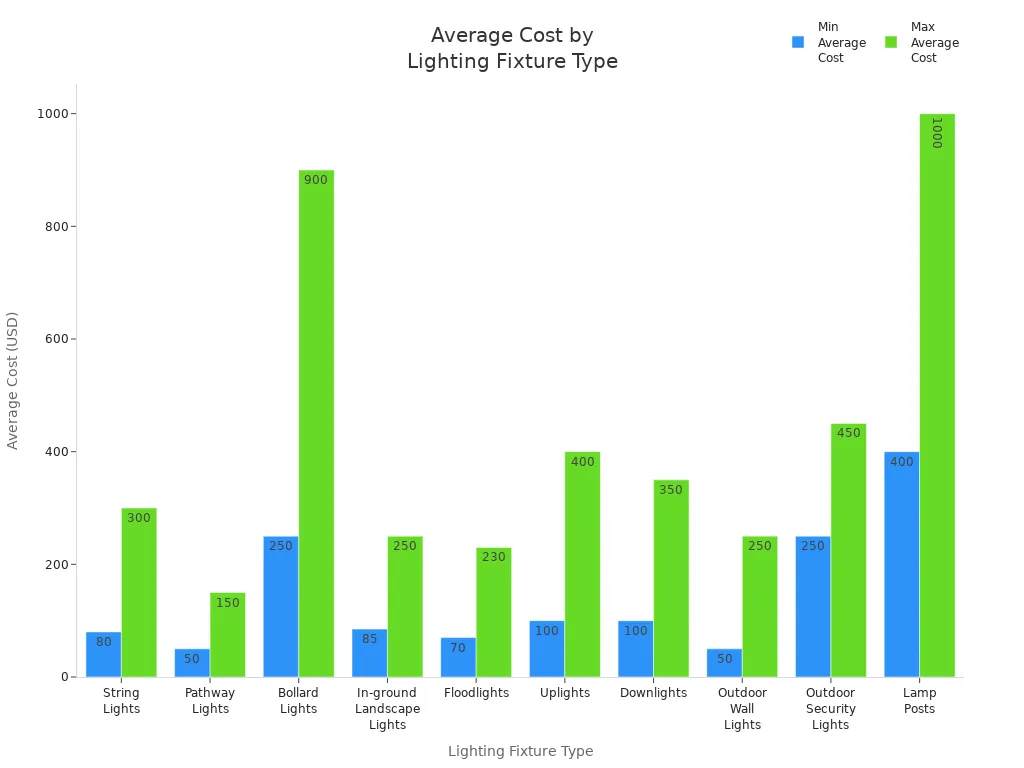
Energy Efficiency: LED vs. Solar vs. Traditional
When you think about saving energy, LED landscape lighting is a great choice. These lights use less power than old bulbs and last a long time. You get bright light even if the weather is bad. Solar lights cost nothing to run, but they can be dim or stop working if they do not get enough sun. Traditional lights use more power and need more care.
Here’s a quick table to compare each type:
|
Lighting Type |
Energy Efficiency |
Brightness |
Lifespan |
Operational Dependence |
|---|---|---|---|---|
|
Low Voltage LED |
Uses less power than old bulbs |
Gives steady, bright light anytime |
Lasts long, needs little care |
Needs a transformer, works day and night |
|
Solar Lighting |
No power cost, uses sunlight |
Not as bright, soft light |
Lasts 2-4 years, battery may need changing |
Needs sun; does not work well in shade or clouds |
|
Traditional Lighting (Incandescent/Halogen) |
Uses more power than LED |
Bright but not energy saving |
Does not last as long as LED |
Needs electricity, works but costs more |
If you want bright light, save energy, and have lights that last, pick LED landscape lighting. Solar lights are good for small spots or sunny places, but they may not last as long.
With so many types of landscape lighting, you can light your garden in a way that fits your style and needs. Take your time to pick the right lights, and your garden will look great every night.

Fixture Styles & Finishes
Matching Garden Elements
When you plan your landscape lighting, you want everything to look like it belongs together. Start by looking at the shapes and lines in your garden. If you have a modern space, you might like sleek pathway lights or wall sconces with clean edges. For a more classic garden, curved post lights or lantern-style fixtures fit right in. Try to match your lighting fixtures to the materials and colors already in your yard. This helps your landscape lighting design feel natural and balanced.
Here are some popular fixture styles for contemporary gardens:
-
Modern wall lights and wall sconces
-
Pathway lights with simple shapes
-
Post lights for driveways or garden edges
-
Solar lights for eco-friendly options
-
Scandinavian, Minimalistic, and Mid-Century designs
You can also use ceiling or wall mounts to add light where you need it most. Many new landscape lighting designs let you dim the lights or change the color temperature, so you can set the mood for any night.
Tip: Check how your plants grow. Sometimes, plants can block your lights or make shadows as they get bigger. Adjust your landscape lighting design as your garden changes.
Finish & Color Choices
The finish and color of your landscape lighting can change the whole look of your yard. Pick finishes that match your garden’s style and other outdoor features. Here’s a quick guide:
|
Finish |
Impact on Appearance and Style |
Complements |
|---|---|---|
|
Copper |
Timeless charm, ages with a warm patina |
Wood, stone, earthy tones |
|
Nickel |
Modern, polished look |
Steel, glass, modern designs |
|
Bronze |
Vintage feel, classic touch |
Earthy colors, stone, traditional gardens |
Choosing the right finish helps your landscape lighting blend in and not stand out in a bad way. It also ties together your plants, furniture, and paths. You can even match your lighting to the seasons or special events.
Light Color Temperature
Color temperature is a big part of landscape lighting design. Warm white light (about 2700K) feels cozy and relaxing. It looks like the light at sunrise or sunset. This is great if you want your garden to feel peaceful at night. Cool white light (about 5000K) is bright and crisp. It works well if you want to show off modern shapes or need extra light for safety.
If you want your garden to feel welcoming, go for warm tones. If you want a bold, modern look, try cooler tones. Some landscape lighting lets you change the color temperature, so you can pick the perfect bulbs for every mood.
Remember: The right color temperature can make your garden feel like a calm retreat or a lively party spot. Use your landscape lighting design to set the mood you want.

Placement & Brightness
Layout & Spacing
Getting the layout right is a big part of making your landscape lighting look great and work well. Start by sketching your yard and marking where you want each light. For pathways, space your lights about 6 to 10 feet apart. This keeps the path bright and safe without making it look like an airport runway. When you add accent lights for trees or statues, focus on the angle and distance instead of fixed spacing. You want to highlight the best parts of your garden, not just fill every spot with light.
If you have a big yard, break it into zones. Use more than one transformer if needed. This helps you manage your lighting plan and keeps everything working safely. Always check the size of each fixture so you do not crowd them together. Planning your wire runs and marking fixture spots before you start will save you time and trouble.
Tip: Think about how your garden looks from different angles at night. Move around and check if the lights create nice effects or unwanted shadows.
Beam Angle & Lumens
Beam angle and brightness matter a lot in landscape lighting. A narrow beam (15°–24°) works best for tall trees or flagpoles. It makes a dramatic spotlight. Medium beams (30°–60°) fit shrubs or wide tree canopies. Wide beams (80°–120°) give soft, even light for walls or big areas.
Here’s a quick table to help you choose:
|
Beam Angle |
Best For |
Effect |
|---|---|---|
|
15°–30° |
Trees, statues |
Bright, focused spot |
|
40°–120° |
Paths, walls, gardens |
Soft, wide, even lighting |
Lumens tell you how bright a light is. For paths, 100-200 lumens per fixture is enough. For spotlights, you might want 300 lumens or more. Pick the right beam angle and lumens to get the look you want and keep your garden safe.
Safety & Visibility
Safety comes first in any lighting plan. Keep pathways, steps, and decks well-lit to stop trips and falls. Aim lights down and away from neighbors to avoid glare. Use outdoor-rated fixtures and check that all wiring is safe and hidden. Clean your lights often and replace bulbs when needed. If you use LED landscape lighting, you get bright light and save energy at the same time.
Note: Always follow local rules for outdoor lighting. Make sure your landscape lighting does not shine into other yards or streets.
A good lighting plan makes your garden beautiful and safe. With the right placement, brightness, and care, your landscape lighting will help you enjoy your yard every night.
Best Landscape Lighting Tips
Weather Resistance
You want your garden lights to last through rain, snow, and hot sun. Look for outdoor lighting that is rated for wet locations. Choose fixtures made from strong materials like copper or bronze. These metals resist rust and look good for years. Make sure all wires and connections stay covered and dry. If you use solar lighting, check that the panels are sealed and can handle water. Weather-resistant garden lights keep your yard bright and safe, no matter the season.
Tip: Seasonal changes can affect your landscape lighting. Plants grow, and days get shorter or longer. Move or adjust your lights as needed to keep your garden looking its best.
Smart & Solar Options
Smart controls and solar lighting make outdoor lighting solutions easier and more efficient. Here’s how they help:
-
Solar-powered LED garden lights use sunlight during the day and shine at night. You save money because you use less electricity.
-
Smart controls let you change brightness, color, and timing with your phone or a timer. You can set lights to turn on only when needed, which saves power.
-
Motion sensors add safety by lighting up paths or steps when someone walks by.
-
Many people notice their energy bills go down after switching to solar or smart garden lights.
-
You can create different moods for parties or quiet nights with color-changing LEDs.
-
Solar lights work best in sunny spots. Place them where they get lots of daylight.
Smart and solar options give you the best landscape lighting with less effort and lower costs.
Maintenance
Keeping your landscape lighting in top shape is easy if you follow a few steps. Clean your garden lights often and trim plants that block the light. Check for loose wires or broken parts. Replace solar batteries every few years to keep solar lighting bright. Here’s a quick guide:
|
Lighting Type |
Average Lifespan |
Maintenance Requirements |
|---|---|---|
|
LED Lights |
25,000 hours (4-6 years) |
Clean, check wires, move lights as plants grow |
|
Halogen Lights |
2,000-4,000 hours |
Replace bulbs more often, same care as LEDs |
|
Incandescent Lights |
700-2,000 hours |
Change bulbs often, check wires |
|
Solar Battery-Operated |
3-5 years (battery) |
Replace batteries, clean panels, general care |
If you have a big or complex system, you might want to call a pro. Look for experts with certifications from groups like the Association of Outdoor Lighting Professionals or the International Landscape Lighting Institute. They can help you get the best landscape lighting for your yard.
Choosing the right landscape light for your garden is easy when you follow a few simple steps:
-
Walk around your yard and spot areas that need light for safety and beauty.
-
Draw a plan and pick the best landscape light styles for each spot.
-
Match fixtures to your garden’s look and check for energy-saving features.
When you upgrade your landscape light, you get better safety, a welcoming yard, and a style that fits your home. Start mapping your garden today and enjoy the glow!
FAQ
How do I choose the right brightness for my garden lights?
You want enough light to see, but not so much that it feels harsh. Start with 100-200 lumens for paths. Use 300 lumens or more for spotlights. Test at night and adjust as needed.
Can I mix different styles of landscape lighting?
Yes! Mixing styles can add character to your garden. Just make sure the lights look good together. Try to match finishes or colors. Keep the overall look balanced for the best effect.
Are solar garden lights bright enough?
Solar lights work well in sunny spots. They give a soft glow, which is great for paths or accents. If you need strong light, use LED fixtures with low voltage. Solar lights may not shine as bright on cloudy days.
How often should I clean or check my outdoor lights?
Check your lights every few months. Wipe off dirt and leaves. Make sure wires and fixtures stay safe and dry. Clean solar panels often so they get enough sun. Regular care keeps your lights working well.


